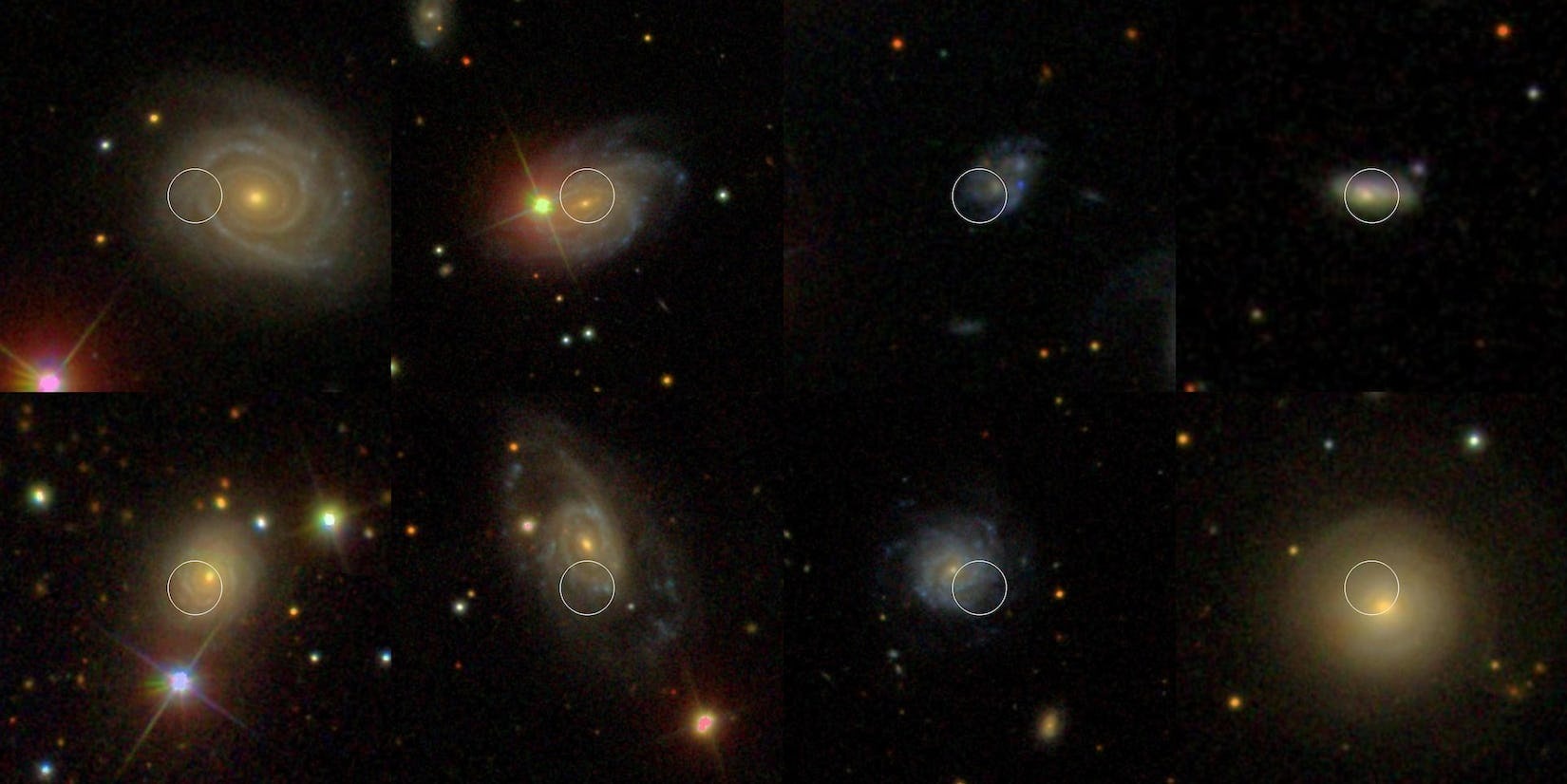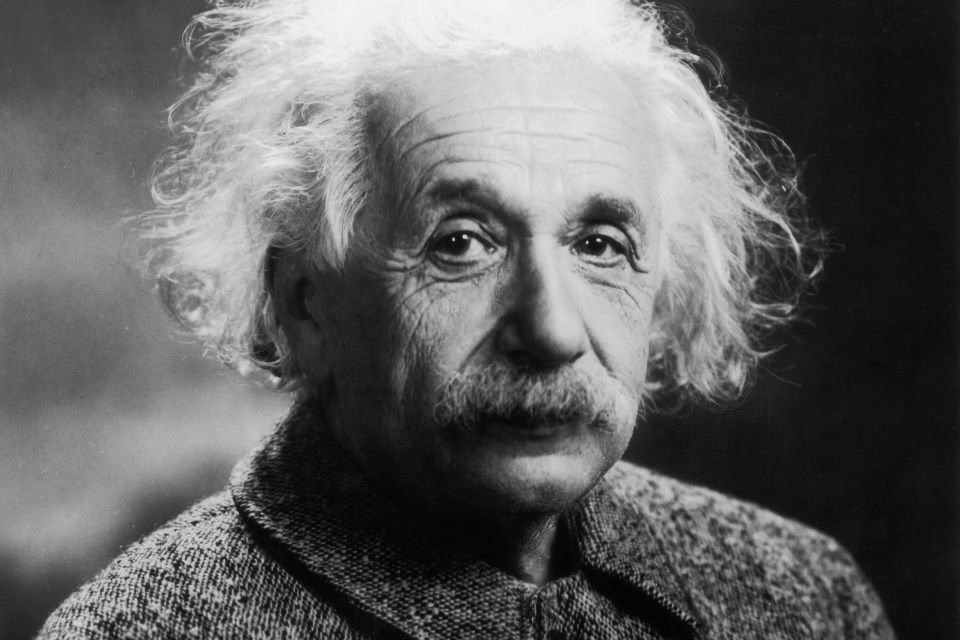Albert Einstein’s theory of general relativity, successful for more than a century, is theoretically flawed and predicts its own collapse into black holes and singularities like the Big Bang. Unlike theories of the other three fundamental forces, general relativity has only been tested in weak gravity..
Einstein proposed that the universe emerged with the Big Bang. There are other singularities inside black holes where space and time lose their meaning and quantities such as energy density and pressure become infinite. These anomalies signal the need for a theory beyond Einstein’s. Theoretically, space-time singularities should be explained by quantum mechanics operating on very small scales.
Quantum physics is based on two fundamental concepts: It is illogical for particles to be singular points, and Heisenberg’s uncertainty principle says that we can never precisely determine certain properties of a particle, such as position and speed, all at the same time. This is because particles are like waves on a minute scale and manifest themselves as matter waves.
From this understanding arises the idea that a theory combining general relativity and quantum physics should not show such inconsistencies. However, when trying to combine both theories, deviations from Einstein’s proposal inevitably arise.
Like this, Einstein’s theory of gravity cannot be the last word on gravity. Shortly after Einstein proposed general relativity in 1915, Arthur Eddington, who confirmed this theory during the solar eclipse of 1919, was looking for alternatives to understand possible differences.
Einstein’s theory has stood the test of time, accurately predicting everything from the precession of Mercury’s orbit to the existence of gravitational waves. The question is: Where are possible deviations from general relativity hidden?

A century of work has led us to the ?-Cold Dark Matter (?CDM) model, the standard model of cosmology. In this model ‘?’ Symbolizes Einstein’s cosmological constant, equivalent to a mysterious dark energy.
This dark energy was designed by astronomers to justify the acceleration of cosmic expansion. Although the CDM model overlaps with cosmological data to a certain extent, it is theoretically quite inadequate.
There have been significant observational inconsistencies in this model over the last five years. The Hubble constant, which determines the age and scale of the universe, can be measured in the early universe via the cosmic microwave background and in the more recent universe via supernovae.
However, these measures offer contradictory results. Moreover, the essence of the fundamental components of the CDM model, such as dark energy, dark matter, and the field responsible for the initial inflation of the universe, are still unknown.
Did you like the content? So, stay up to date with more news and studies from the world of physics at TecMundo and take the opportunity to discover how the Bose-Einstein condensate explains the fifth state of matter.
Source: Tec Mundo
I’m Blaine Morgan, an experienced journalist and writer with over 8 years of experience in the tech industry. My expertise lies in writing about technology news and trends, covering everything from cutting-edge gadgets to emerging software developments. I’ve written for several leading publications including Gadget Onus where I am an author.












